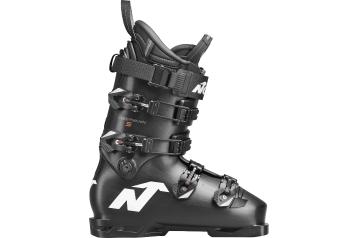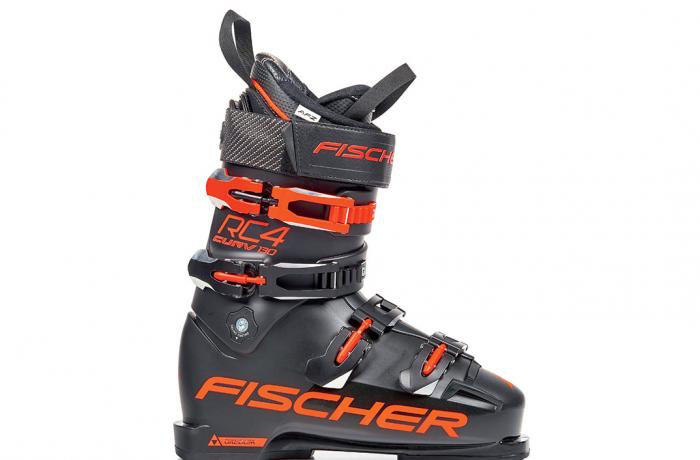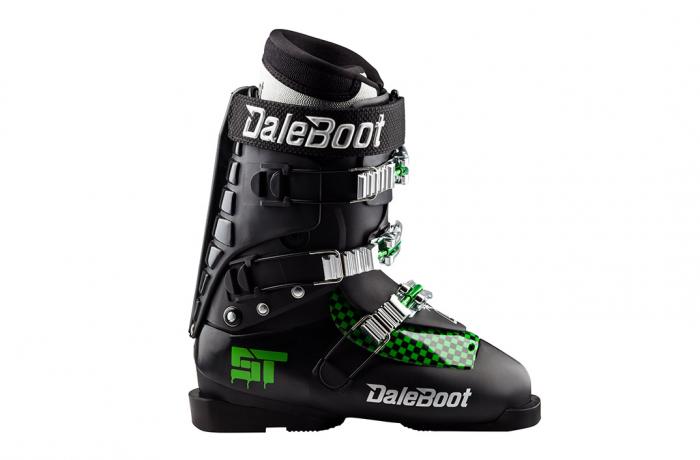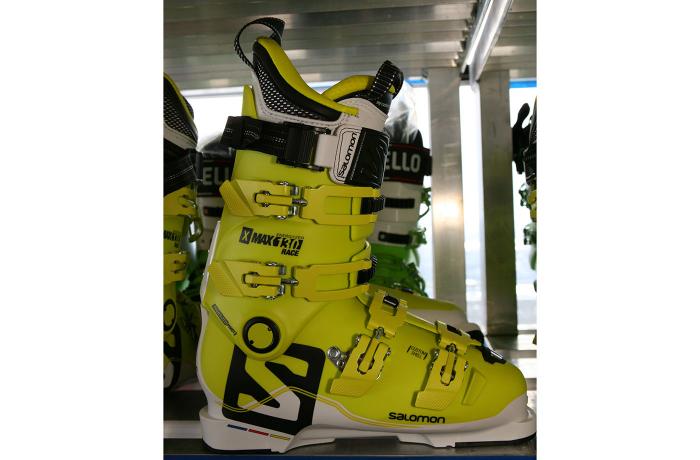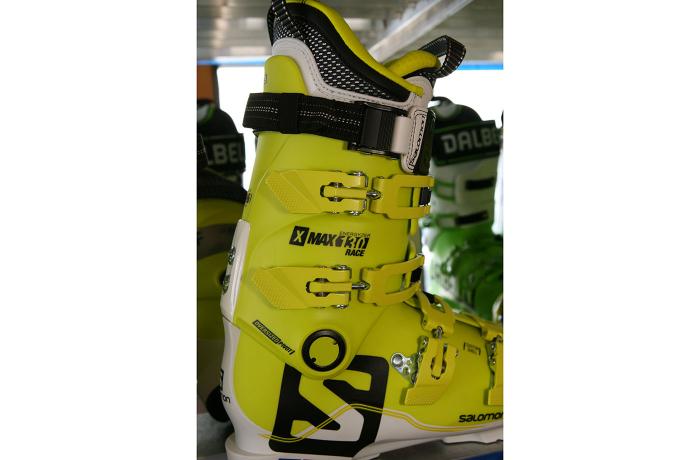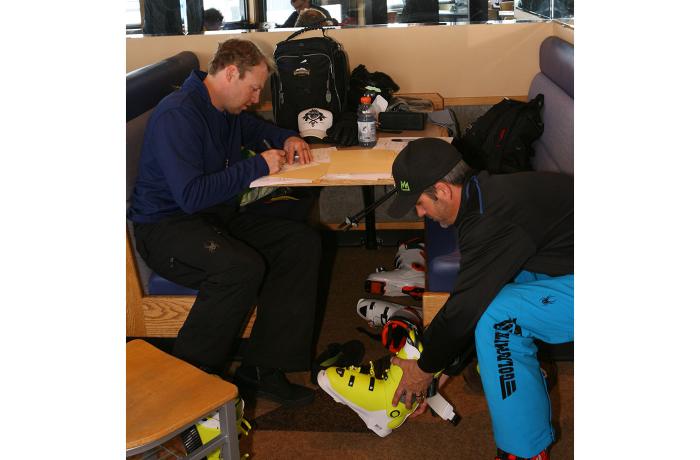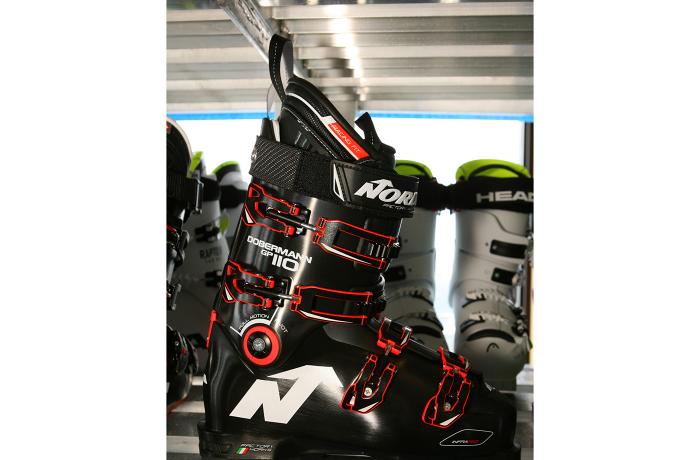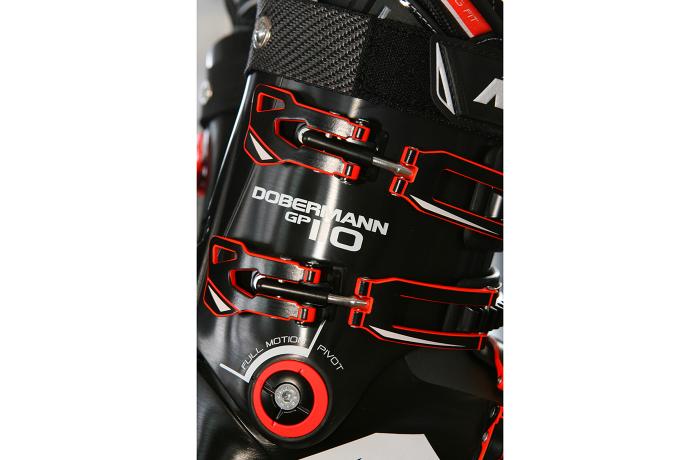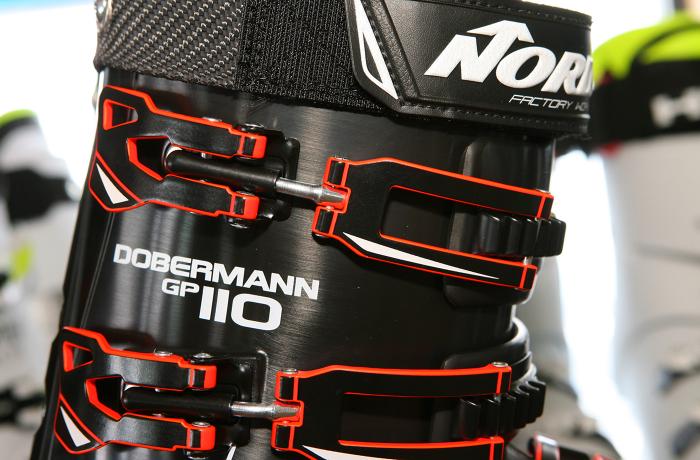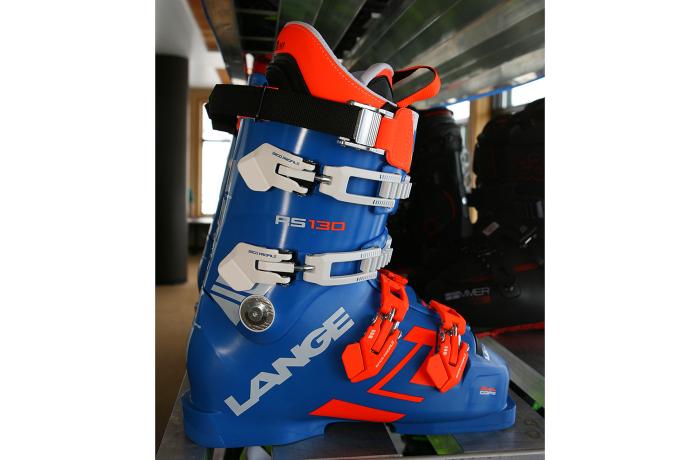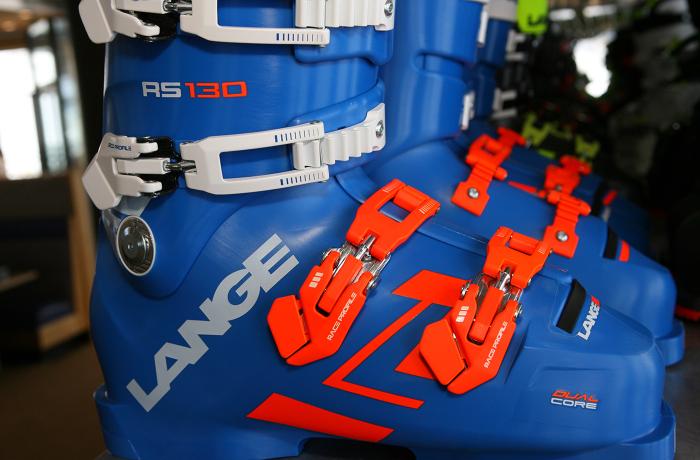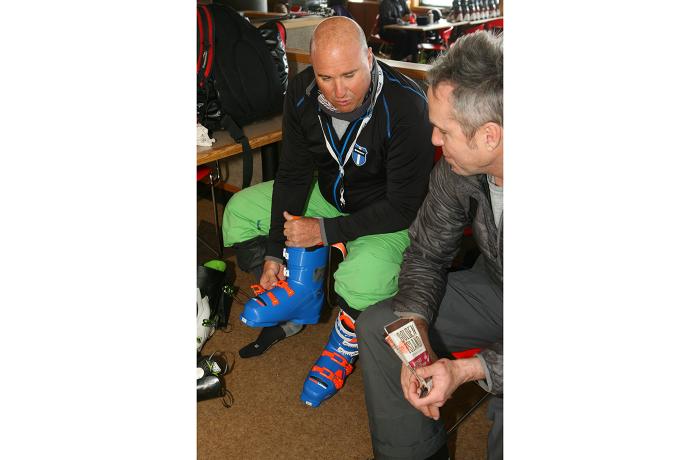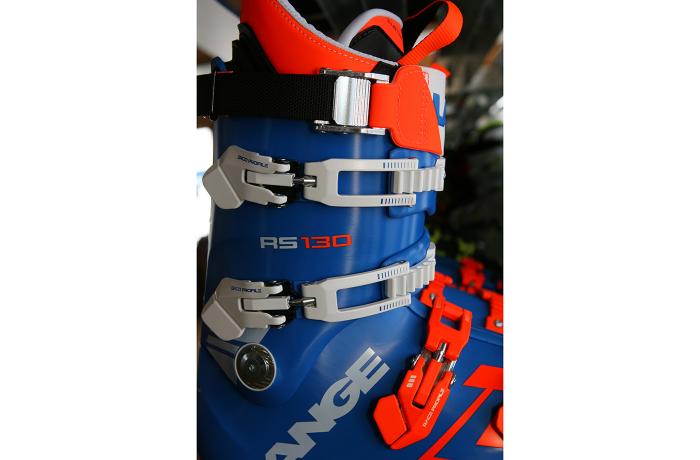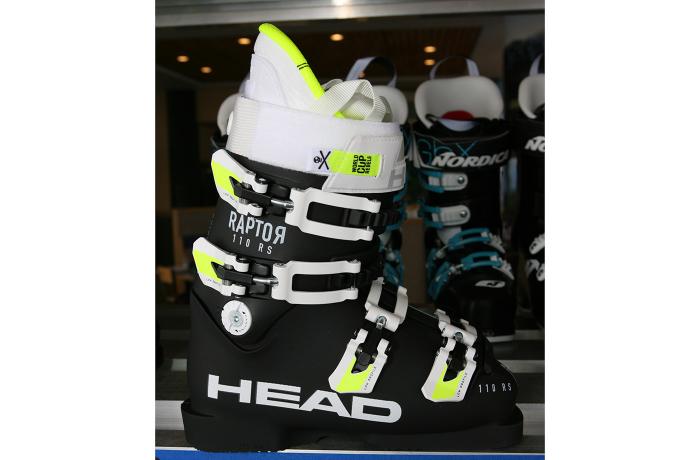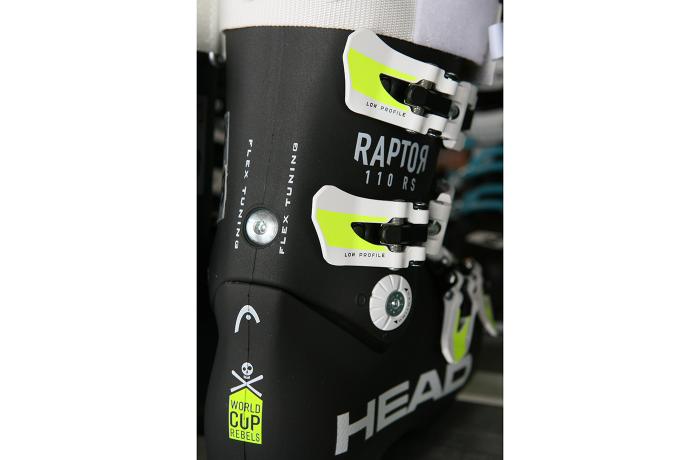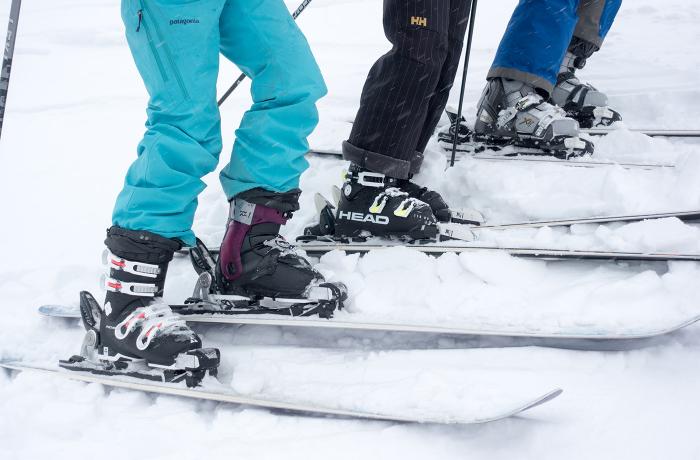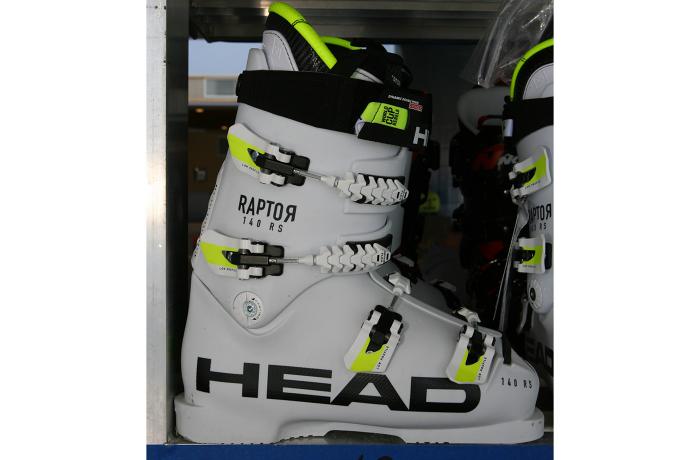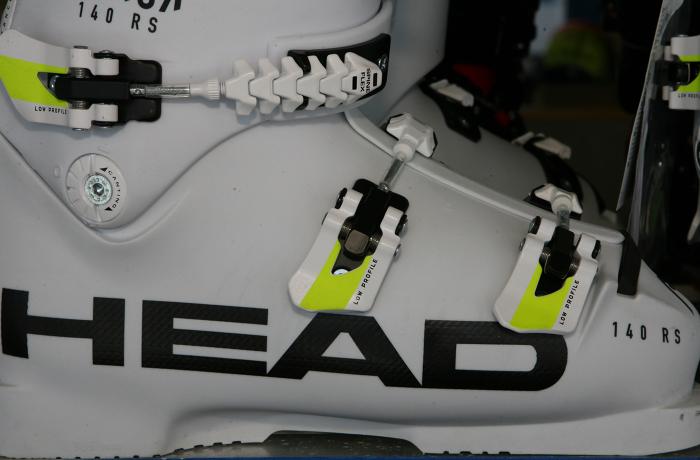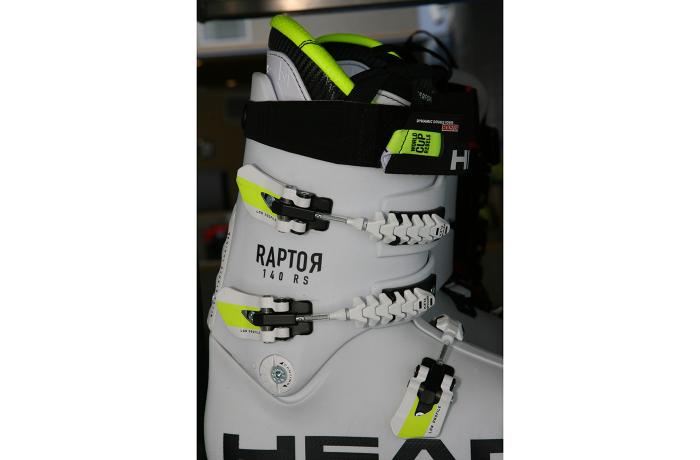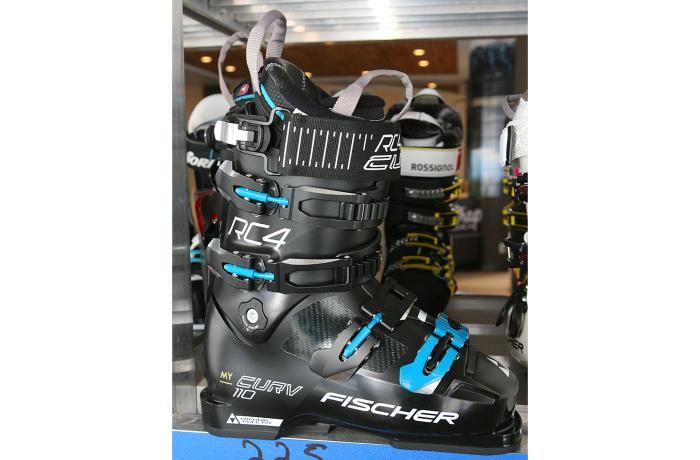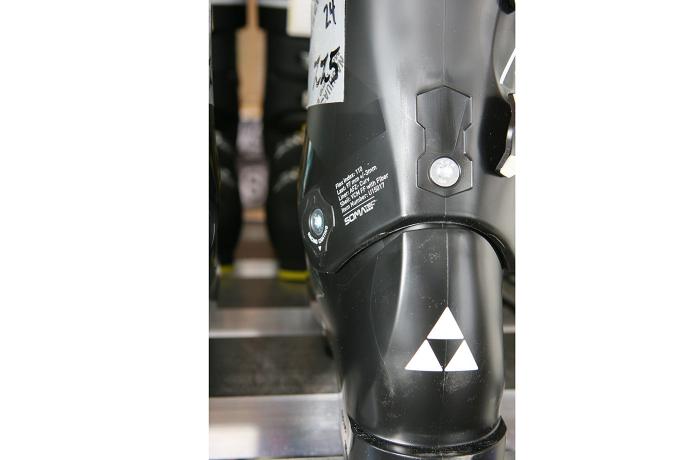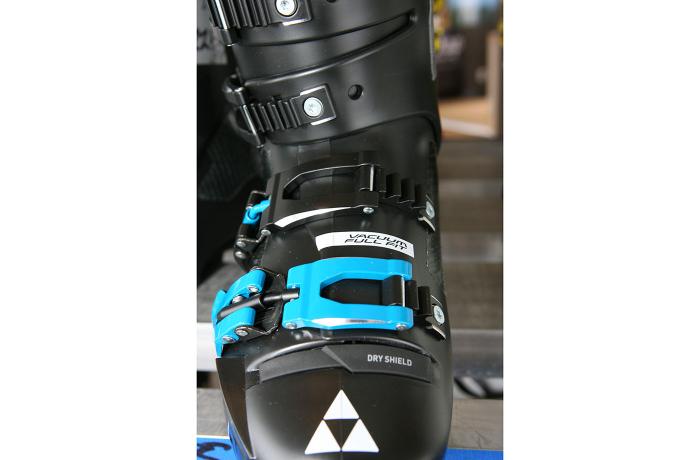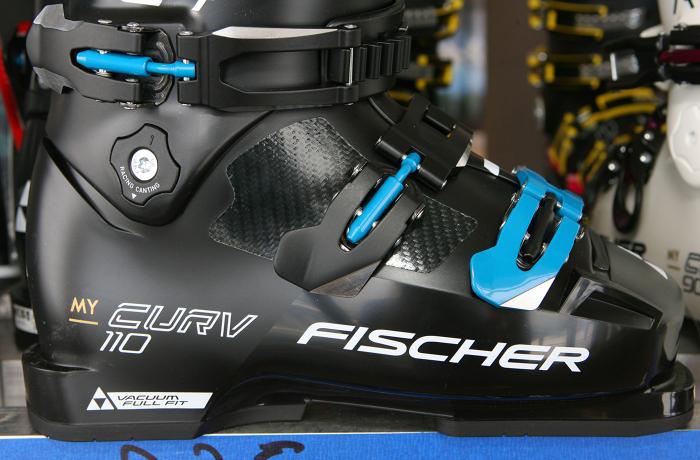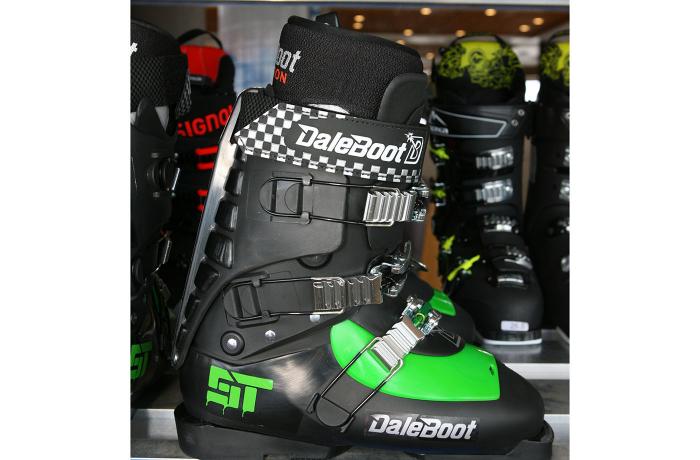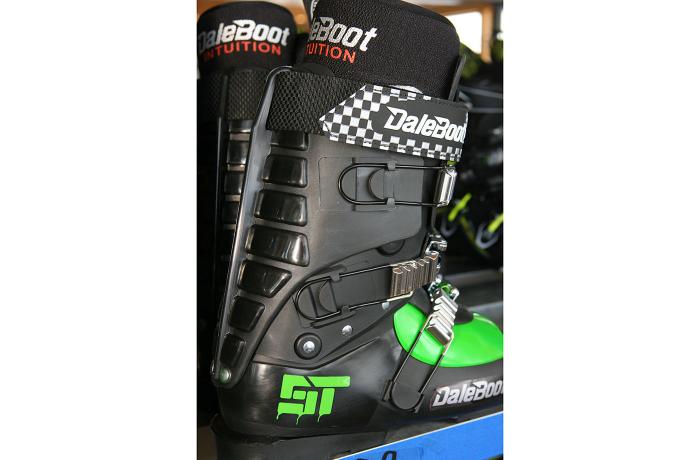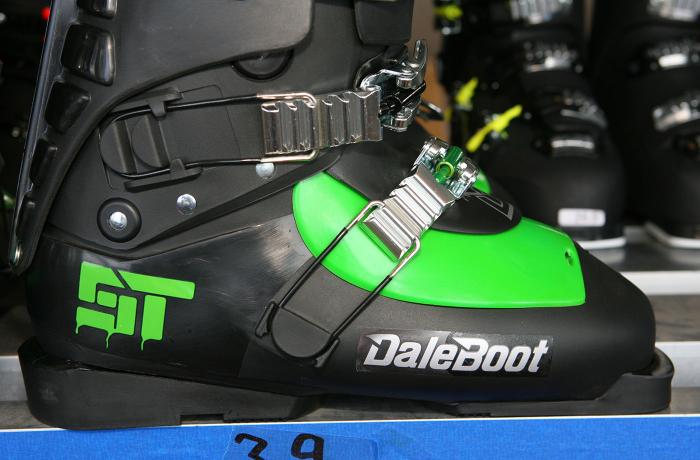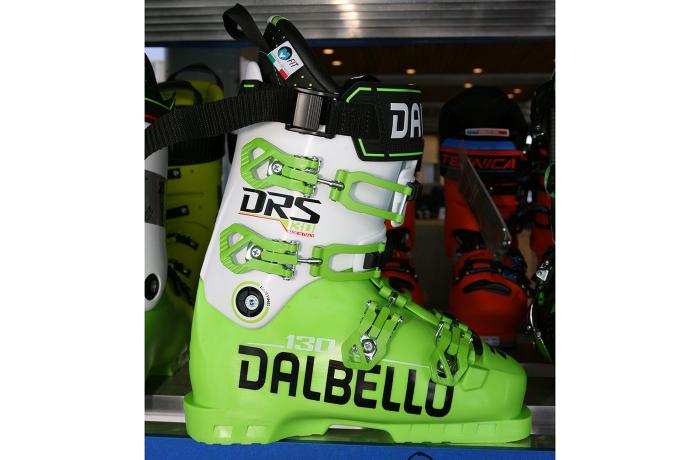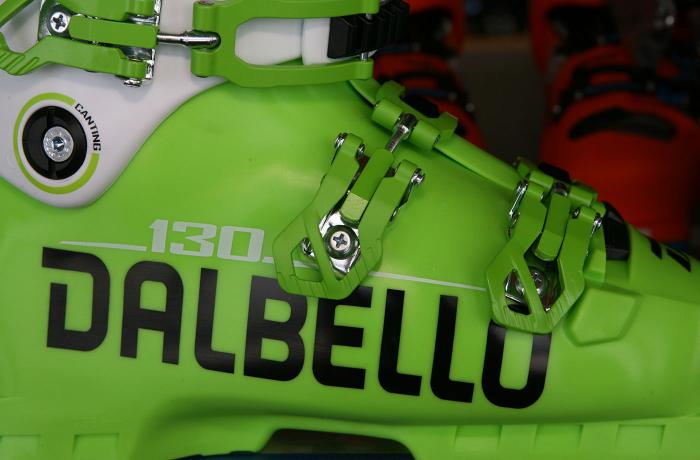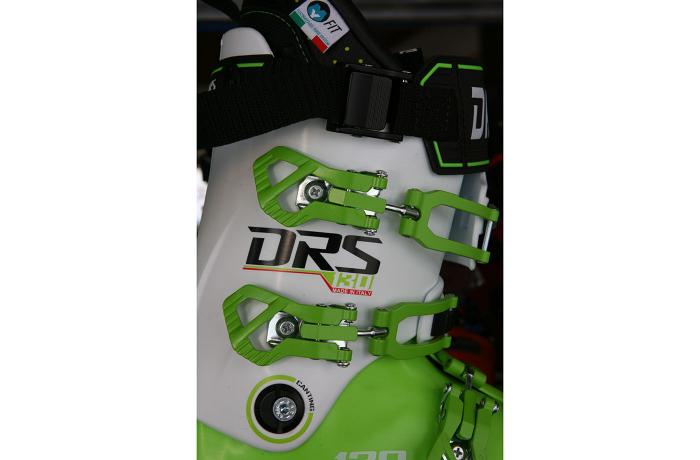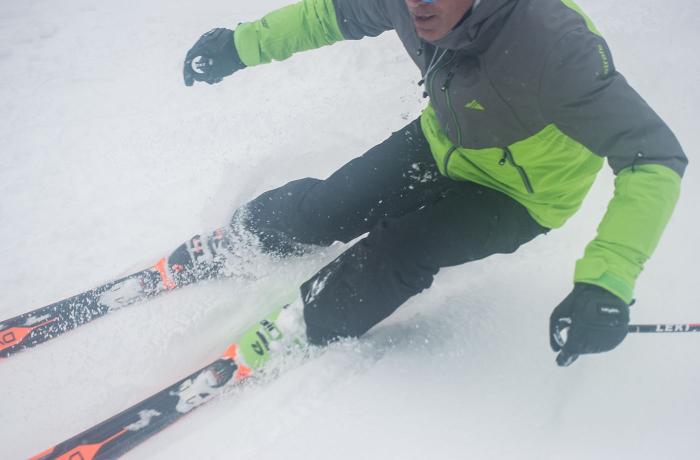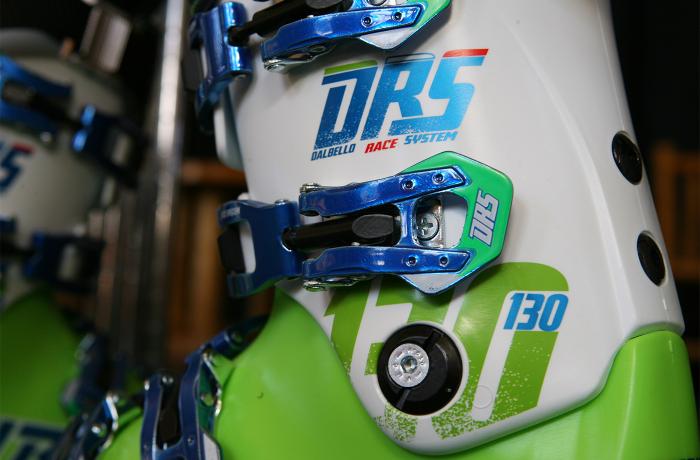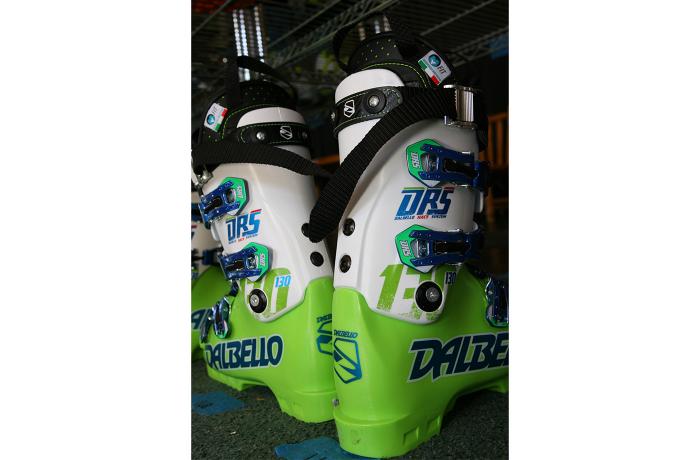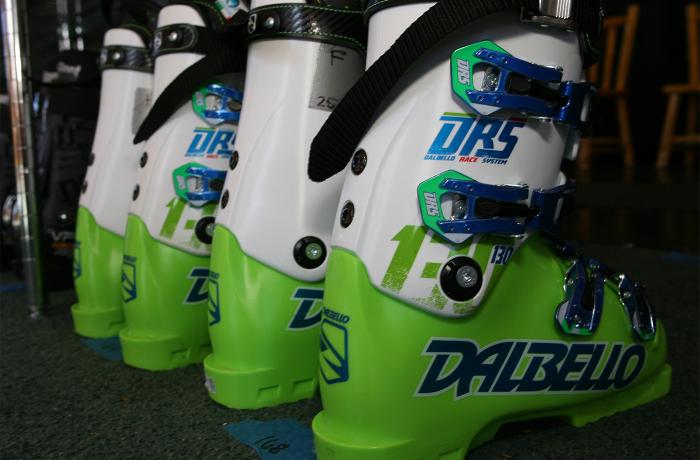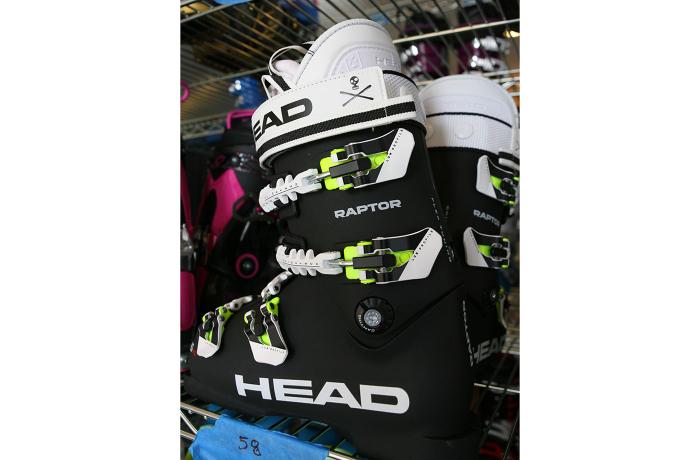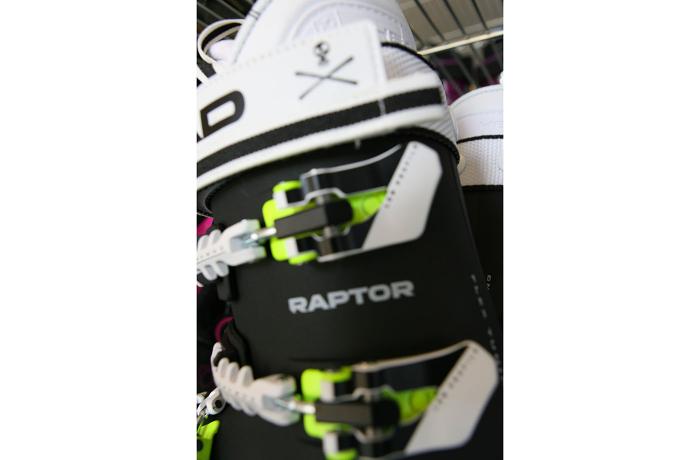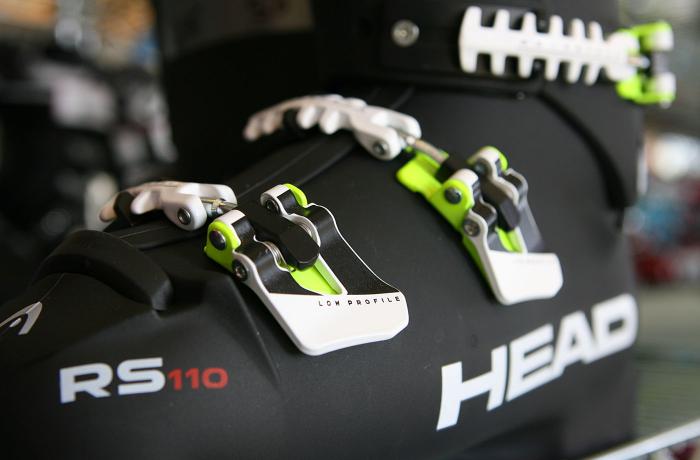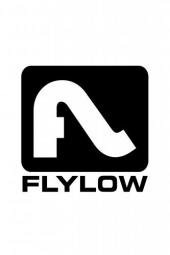The Gist
Testers were again pleased with the slightly re-named 2019 Fischer RC4 Curv 130 Powered by Vacuum (PBV) for its more neutral stance than past RC4 versions, its comfortable out-of-box fit and its quick edging moves on snow. They also liked getting a 130-flex boot with a Powered by Vacuum customizable lower shell at an affordable price.
The Fit
Testers say compared to the RC4 of old, the RC4 Curv 130 PBV is a breath of, well, breathing room! The toebox fits longer and more open thanks to a new seamless liner construction and the entire lower shell and cuff fits with an even narrow-medium fit that testers said sat nicely between the two width categories. Testers noticed a little extra relief on the medial side of the shell wall, at the navicular bone area. The lower boot is made of heat moldable Vacu-Plast which can be manipulated for fit improvements through a variety of different Vacuum methods, while the upper cuff is polyurethane and customizable with traditional bootfitting means.
Performance
The stance angles on the RC4 Curv 130 PBV are more in-line with others in the All-Mountain category than was the RC4 of old. The Curv 130 stands more upright and is less tipped-out, laterally. More neutral-feeling all around, said testers. A few of them mentioned the cuff was set-up too "in" for them and they'd perform a cuff alignment tweak using the solid race cuff alignment adjusters to better match their more bowlegged angles. The RC4 Curv boots are straight-lasted as opposed to abducted, Soma-Tec style, a trickle-down design change from the 92 mm RC4 Podium race boots. While testers may have a particular preference for one stance set-up or another there were certainly no complaints here. Testers did agree that the flex feel was a little shy of the 130 mark but they also concurred that the boot's precise steering and rapid fire edging game was amongst the best.
Cool Features
Bootfitters like the screw hardware for removing cuffs and buckles, and another bootfitting nicety, the RC4 Curv boots are Cantology compatible. Feeling soleful? GripWalk soles are available as an optional purchase as well, for use with GripWalk compatible bindings. The PBV lower boot (Vacu-Plast) can be molded via oven cooking or with the techie and quite cool Zone Fit adhesive heating elements.
